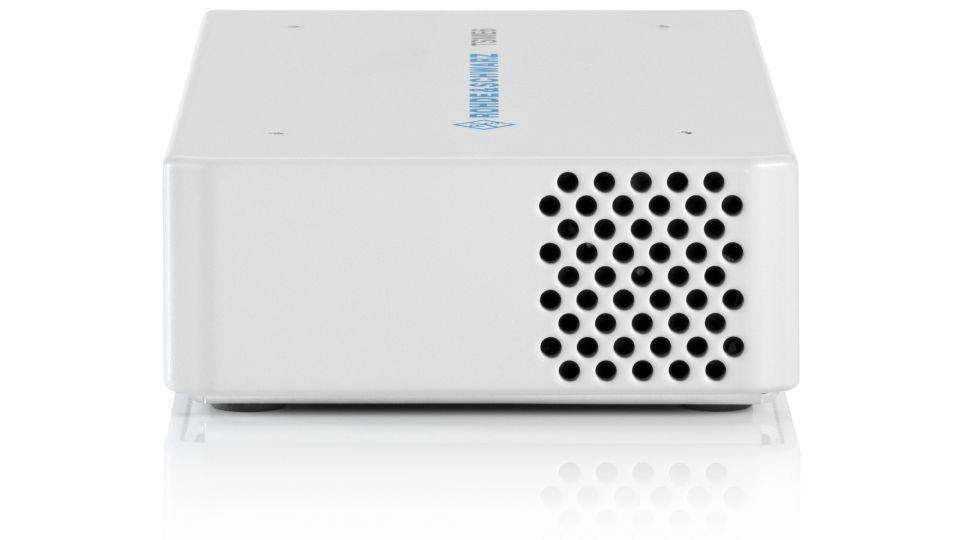RIS can be programmed to modulate the phase of electromagnetic waves and reflect signals into blind spots, enhancing coverage and improving user experience. The low cost, low energy consumption and easy deployment, of RIS have attracted broad interest in 6G research and made it a popular candidate technology. The technical trial mainly evaluated the deployment effects and performance of sub6 GHz RIS and mmWave RIS in different indoor and outdoor scenarios. The tests modelled deployment conditions with and without RIS, different incidence and reflection angles, different deployment distances, etc. Recorded performance index parameters included RSRP, throughput and others. The trial participants complemented each other’s strengths and worked together to carry out several RIS test projects yielding hard data that makes a strong argument in favor of continued RIS technology development.
The RIS verification environment was divided into indoor testing and outdoor testing, with RIS test subjects and instruments mainly used in the indoor test. The test subjects used products from professional RIS equipment supplier Actenna Technology, including an 860mm x 860mm sub6 GHz RIS array consisting of 20 x 20 array elements and a 180mm x 180mm mmWave RIS array consisting of 32 x 32 array elements. The test instruments included the R&S SMW200A vector signal generator for transmitting standard 5G reference test signals in different frequency bands and the R&S TSME6 drive test scanner for measuring RSRP and other parameters. By varying the test conditions, the testers verified the RIS supersurface performance metrics to meet design expectations under different conditions.
The outdoor test used a real network environment, either a sub6 GHz or mmWave network. RSRP and throughput were tested using QualiPoc software and drive test terminals. An R&S TSME6 scanner was used to verify that RIS can solve problems like blind spot coverage in a real network environment.
In addition, the outdoor test also verified the performance of the RIS supersurface in a chamber environment, using the R&S SMW200A vector signal generator as a signal source and the R&S FSW43 signal and spectrum analyzer to test the antenna directional map and the adjacent channel leakage ratio (ACLR).
The joint tests provided a comprehensive understanding of RIS functions and performance indicators for all of the parties involved, and offer a reference for future design directions. In the future, Rohde & Schwarz will continue to study RIS technology in depth with its partners, organize and participate in more tests and take part in standardization work, so as to make a solid case for RIS development.
The Rohde & Schwarz technology group is among the trailblazers when it comes to paving the way for a safer and connected world with its leading solutions in test & measurement, technology systems, and networks & cybersecurity. Founded more than 85 years ago, the group is a reliable partner for industry and government customers around the globe. On June 30, 2021, Rohde & Schwarz had around 13,000 employees worldwide. The independent group achieved a net revenue of EUR 2.28 billion in the 2020/2021 fiscal year (July to June). The company is headquartered in Munich, Germany.
R&S® is a registered trademark of Rohde & Schwarz GmbH & Co. KG.
Rohde & Schwarz GmbH & Co. KG
Mühldorfstr. 15
81671 München
Telefon: +49 (89) 4129-0
Telefax: +49 (89) 412912-164
http://www.rohde-schwarz.com
PR-Manager Products & Standard Systems
Telefon: +49 (89) 4129-13052
Fax: +49 (89) 4129-13208
E-Mail: press@rohde-schwarz.com
North America
Telefon: +1 (503) 523-7951
E-Mail: Dominique.Loberg@rsa.rohde-schwarz.com
Asia Pacific
Telefon: +65 (6) 307-0029
E-Mail: press.apac@rohde-schwarz.com
![]()

